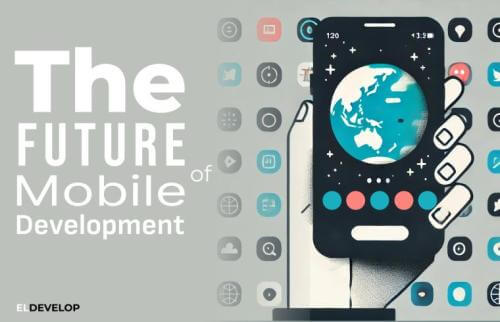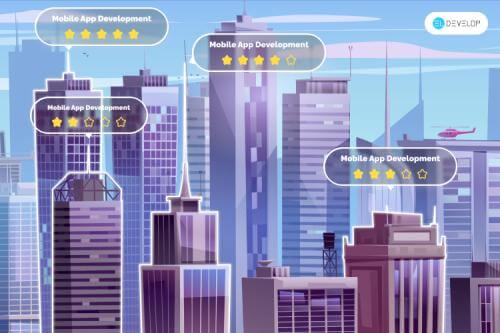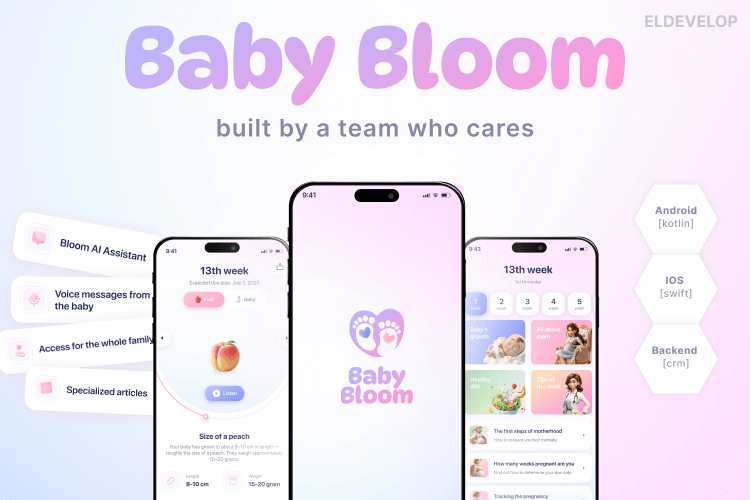
BabyBloom build by a team who cares
At its heart, Baby Bloom is more than an mobile development. It’s a thoughtfully engineered experience designed to support modern parents not just functionally, but emotionally. From the very beginning, our goal wasn’t simply to build a digital tracker — it was to create a connected ecosystem where care, intelligence, and technology converge to make parenting more intuitive and collaborative.
Shared Access with loved one
One of the foundational ideas behind Baby Bloom was shared parenting, not just in the emotional sense, but in the digital one as well. That’s why we introduced seamless, secure profile sharing via QR codes. A mother can grant access to a partner, grandparent, or pediatrician in seconds — and from that point on, all data is synchronized in real time across devices. Feeding logs, sleep patterns, medical notes, and growth updates are instantly visible to everyone involved. What we built wasn’t just a syncing mechanism, but a framework for shared responsibility, communication, and connection.
Bloom AI Consultant
Another essential pillar of Baby Bloom is intelligence. We embedded AI-driven support directly into the core of the app. This assistant is available 24/7 to answer parenting questions — from feeding routines and sleep regressions to developmental milestones — with information rooted in science and adapted in tone to feel truly supportive. It doesn’t just serve facts; it grows smarter and more personalized over time, transforming Baby Bloom from a static tool into a dynamic advisor.
Voice messages
The emotional dimension of parenting was equally important to us. To that end, we introduced a series of weekly voice messages — a collection of forty thoughtful, science-informed audio notes delivered throughout the baby’s first year. Each message guides parents through what to expect developmentally, while offering reassurance and insight. These aren’t just features; they’re moments of connection, delivered in a warm, human voice, when parents need it most.
Advantages of Kotlin compared to Java: key differences and usage in projects.
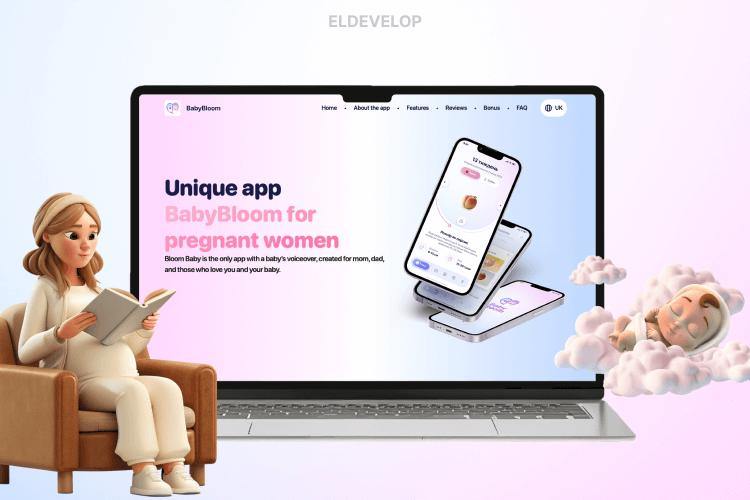
Individual push-notification
In Baby Bloom, notifications aren’t an afterthought — they’re an active part of the experience. Instead of generic reminders, we crafted personalized, timely, and relevant prompts that align with what a parent is going through in the moment. Whether it’s a developmental insight, a check-up reminder, or simply a word of encouragement, every alert is designed to support — not overwhelm.
All of this comes together in a single, unified application. We deliberately avoided the trap of creating a fragmented product that requires five separate tools to manage five aspects of parenting. Instead, Baby Bloom offers an integrated environment that includes feeding and sleep tracking, developmental progress monitoring, medical visit logging, AI consultation, emotional guidance, real-time syncing, and educational content — all beautifully designed and intuitively organized.
Behind this experience lies a sophisticated technological foundation, custom-built for performance and scalability.
IOS development
Baby Bloom is built entirely in Swift, with a user interface constructed using SwiftUI. We followed the MVVM architecture pattern to ensure a clean separation between logic and presentation. SwiftUI’s declarative approach — using tools like @State, @ObservedObject, and @Binding — allowed us to build fluid, responsive interfaces. For in-app purchases and subscriptions, we implemented StoreKit 2, utilizing modern APIs such as Product, Transaction, and JWS representations.
Top iOS Apps That Used Swift Programming
Data persistence is handled through Core Data, which manages local storage efficiently with NSPersistentContainer and NSFetchRequest. Asynchronous networking is powered by a custom-built NetworkManager using URLSession and async/await patterns. To handle app state and reactive data flows, we relied on Combine, particularly @Published properties and cancellables. Localization is implemented via .lproj files and a custom LocalizationManager, enabling multilingual support. We used AppStorage and UserDefaults for lightweight state storage, and integrated Firebase for analytics and push notifications. WidgetKit enables iOS widgets through a dedicated target.
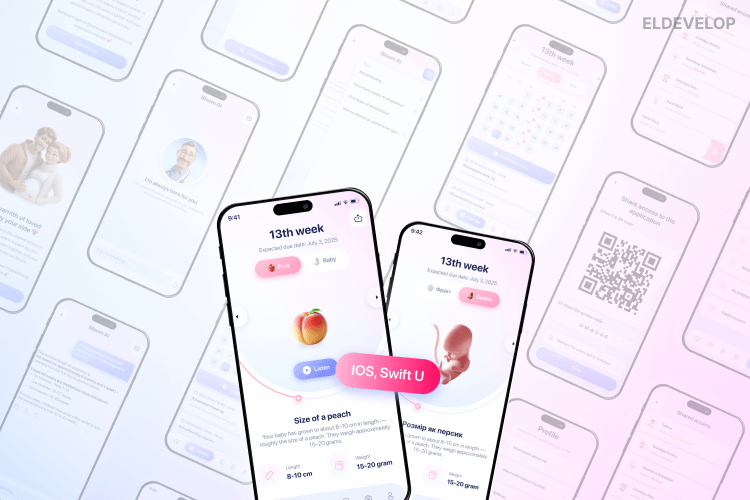
Android development
On Android, the application is developed entirely in Kotlin, using the MVVM architecture to ensure modularity and maintainability. The choice of Kotlin allowed us to write concise, expressive code while taking advantage of modern Android development practices. We leveraged LiveData, StateFlow, and SharedFlow to handle state and user interactions across complex UI flows.
For persistent storage, we implemented Room, which offers robust local database capabilities. Networking is powered by Retrofit, giving us a reliable and type-safe HTTP client. We adopted Hilt for dependency injection, streamlining app initialization and testing. The interface was designed using traditional XML-based layouts, optimized for responsiveness across a wide range of devices. Throughout development, we maintained close feature parity with the iOS version to ensure a consistent experience for users on both platforms.
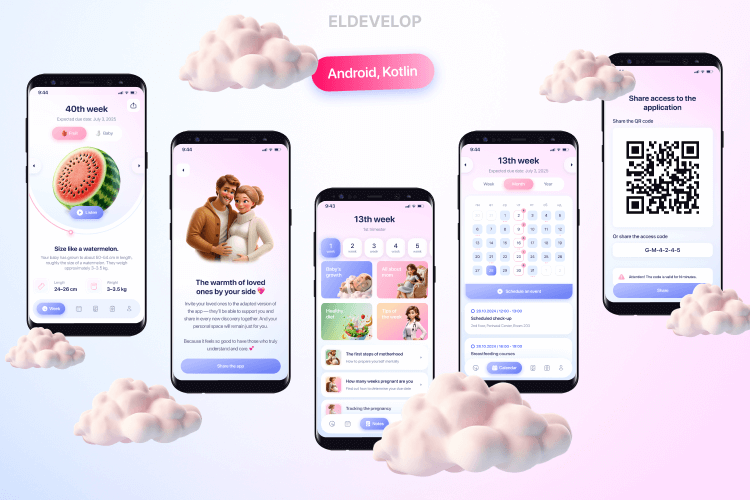
Our web presence is minimal by design, but thoughtfully executed. The Baby Bloom website is built with lightweight HTML and CSS, prioritizing clarity and responsiveness. It is powered by a fast and reliable framework that ranks among the top ten globally — ensuring both performance and scalability. Content and user data are managed via a secure CRM-driven admin panel, which gives stakeholders full control over updates, access, and communications.
Baby Bloom represents the intersection of empathy and engineering. It’s a product where every line of code serves a parent, where every feature has a purpose, and where technology does what it should: it gets out of the way and lets humans connect.
